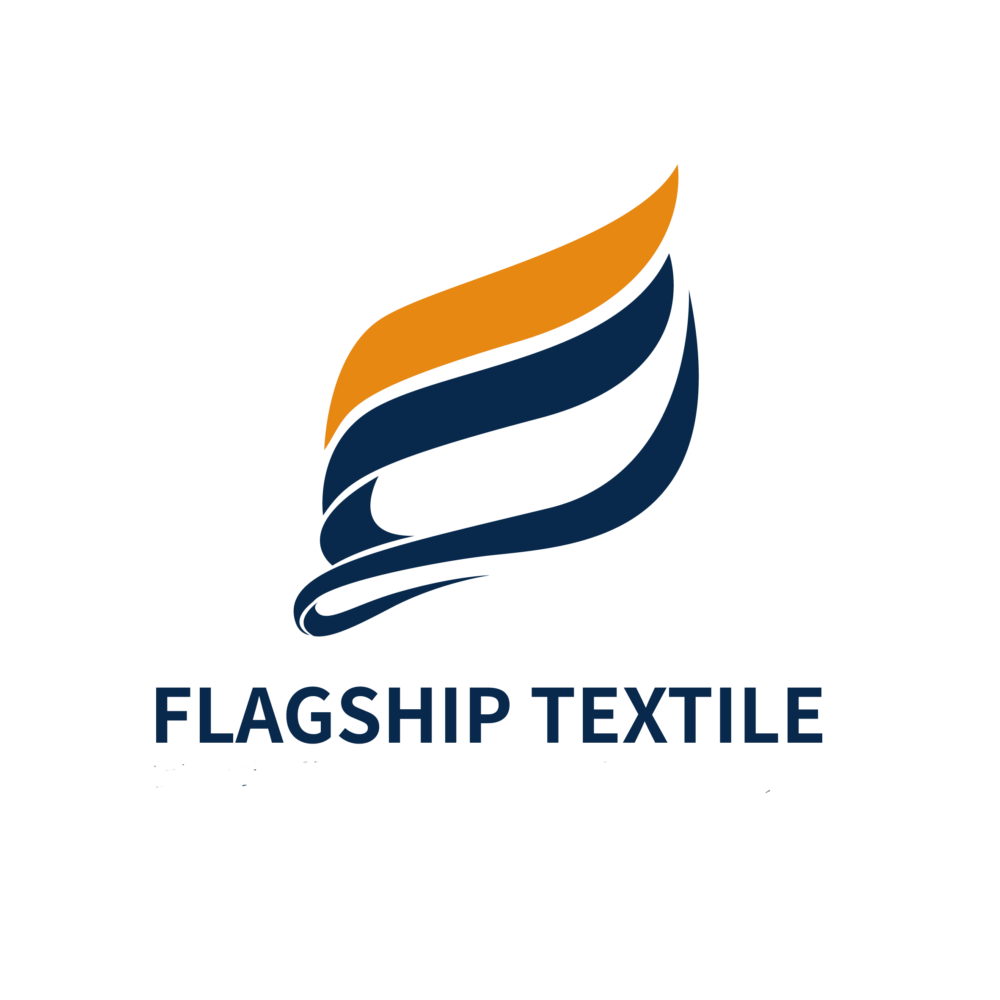Nylon 66 has long been the gold standard for paraglider and parachute fabrics due to its unmatched combination of strength, durability, and lightweight performance. Here’s why it dominates the industry and the critical properties required for paragliding textiles。
1. Advantages of Nylon 66
High Tensile Strength: Nylon 66 offers exceptional resistance to tearing and abrasion, crucial for withstanding sudden stress during inflation, turbulence, or rapid descent.
Lightweight Flexibility: Its low weight-to-strength ratio ensures agility in flight while maintaining structural integrity.
UV & Weather Resistance: Treated nylon 66 resists degradation from prolonged sun exposure, moisture, and temperature extremes, extending gear lifespan.
Low Water Absorption: Unlike natural fibers, it retains minimal moisture, preventing weight gain and fabric distortion in humid conditions.
Aerodynamic Stability: The smooth, tightly woven surface minimizes air permeability, ensuring predictable canopy behavior and controlled glide ratios.
2. Key Fabric Properties for Paragliders
Paraglider fabrics demand precision engineering to balance safety and performance:
Ultra-Lightweight Construction: Sub-40g/m² fabrics reduce pack volume and weight for portability without sacrificing strength.
Ripstop Weave: Reinforced grid patterns localize damage, preventing small tears from propagating mid-flight.
Coating Technologies: Silicone or polyurethane coatings enhance air retention, reduce porosity, and improve water repellency.
Dynamic Load Resilience: Fabrics must endure repeated folding, stretching, and shock loads (e.g., 8-10G forces during canopy deployment).
Colorfastness: Vibrant, UV-stable dyes ensure visibility in low-light conditions and long-term aesthetic appeal.
3. Sustainability Innovations
While traditional nylon production has environmental drawbacks, forward-thinking manufacturers now integrate:
Recycled Nylon 66: Post-industrial or ocean-bound nylon waste is repurposed to reduce reliance on virgin materials.
Eco-Friendly Dyes & Coatings: Low-impact, PFAS-free water repellents and dyes meet EU REACH/ROHS standards.
Extended Lifespan Design: Durable weaves and treatments minimize replacement frequency, aligning with circular economy principles.







